5 ways to improve theplan to protect Australia's threatened wildlife
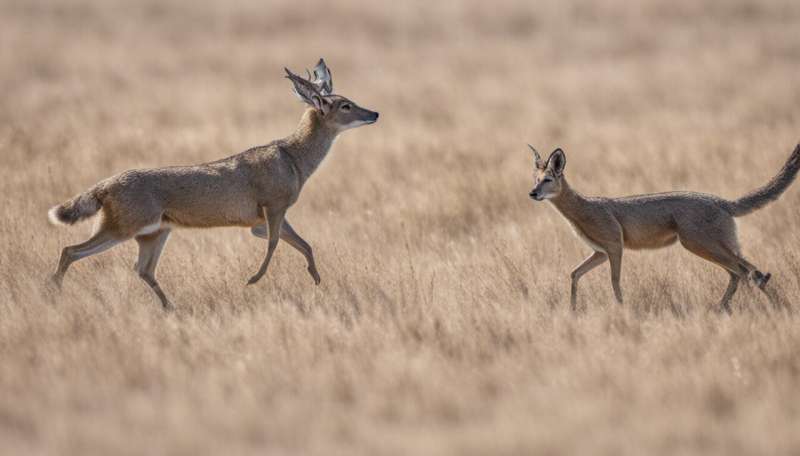
Australia's Threatened Species Strategy—a for protecting our imperiled species and ecosystems—fizzled to an end last year. A is being developed to take its place, likely from March.
It comes as Australia's list of continues to grow. Relatively , such as the Christmas Island forest skink, Bramble Cay melomys and , add to an already heavy toll.
Now, more than ever, Australia's remarkable species and environments need strong and effective policies to strengthen their protection and boost their recovery.
So as we settle into the new year, let's reflect on what's worked and what must urgently be improved upon, to turn around Australia's extinction crisis.
How effective was the first Threatened Species Strategy?
The is a key guiding document for biodiversity conservation at the national level. It identifies 70 for conservation, made up of 20 birds, 20 mammals and 30 plants, such as the plains-wanderer, malleefowl, eastern quoll, greater bilby, black grevillea and Kakadu hibiscus.
These were considered among the most urgent in need of assistance of the more than 1,800 in Australia.
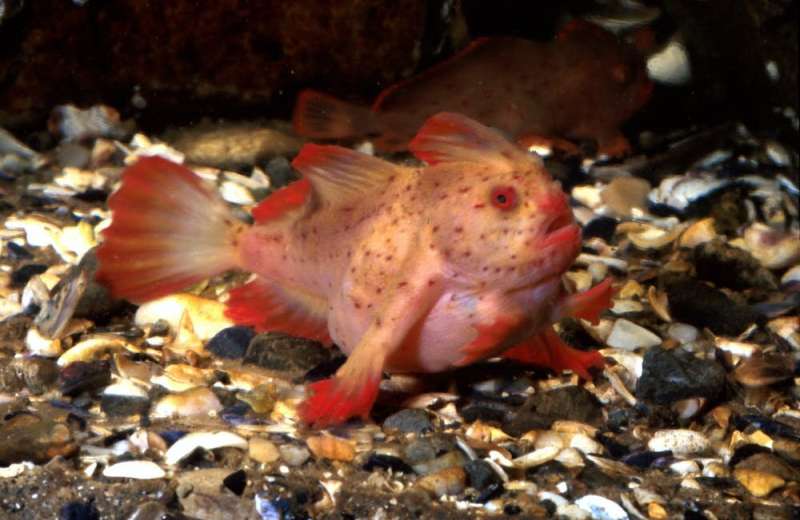
The strategy also identifies targets such as numbers of feral cats to be culled, and partnerships across industry, academia and government key to making the strategy successful.
The original strategy (2015-20) was eagerly welcomed for putting the national spotlight on threatened species conservation. It has certainly helped of its priority species.
However, there's little evidence the strategy has had a significant impact on threatened species conservation to date.
The in 2019 found only 35% of the priority species (14 in total) had improving trajectories compared to before the strategy (pre-2015). This number included six species—such as the brush-tailed rabbit-rat and western ringtail possum—that were still declining, but just at a slower rate.
On average, the trends of threatened mammal and bird populations across Australia are not increasing.
Other targets, such as killing two million feral cats by 2020, were not explicitly linked to measurable conservation outcomes, such as an increase in populations of threatened native animals. Because of this, it's difficult to judge their success.
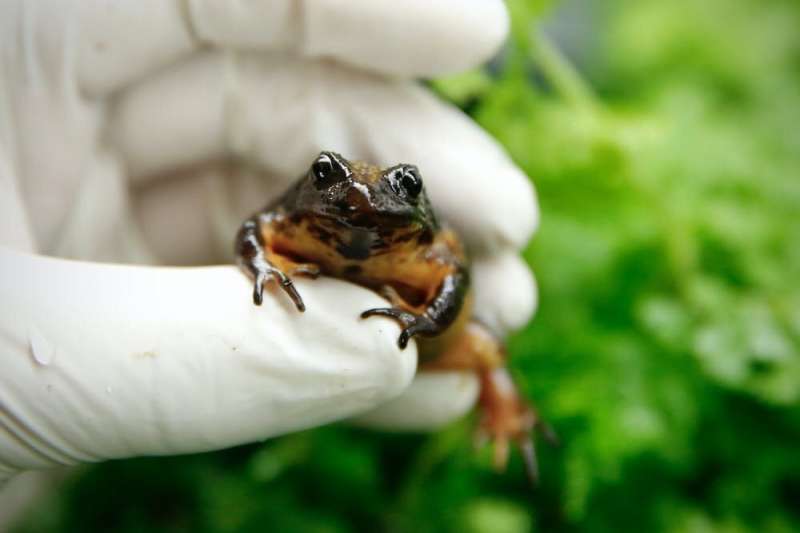
What needs to change?
The previous strategy focused very heavily on feral cats as a threat and less so on other important and potentially compounding threats, particularly habitat destruction and degradation.
For instance, land clearing has contributed to a similar number of extinctions in Australia (62 species) as introduced animals such as feral cats (64).
In fact, 2018 research found affect at least 73% of invertebrates, 82% of birds, 69% of amphibians and 73% of mammals listed as threatened in Australia. threaten up to 33% and 56% of threatened species, respectively.
Other important threats to native Australian species include pollution, feral herbivores (such as horses and goats), very frequent or hot bushfires and weeds. Buffel grass was recently identified as a major emerging threat to Australia's biodiversity, with the risk being as high as the threat posed by cats and foxes.

Five vital improvements
We made to the Morrison government when the Threatened Species Strategy was under review. Below, we detail our key recommendations.
1. A holistic and evidence-based approach encompassing the full range of threats
This includes reducing rates of land clearing—a major and ongoing issue, but largely overlooked in the previous strategy.
2. Formal prioritization of focal species, threats and actions
The previous strategy focused heavily on a small subset of the more than 1,800 threatened species and ecosystems in Australia. It mostly disregarded frog, reptile, fish and invertebrate species also threatened with extinction.
To reduce bias towards primarily "charismatic" species, the federal government should use an evidence-based prioritization approach, known as "decision science," like they do in , and . This would ensure funds are spent on the most feasible and beneficial recovery efforts.
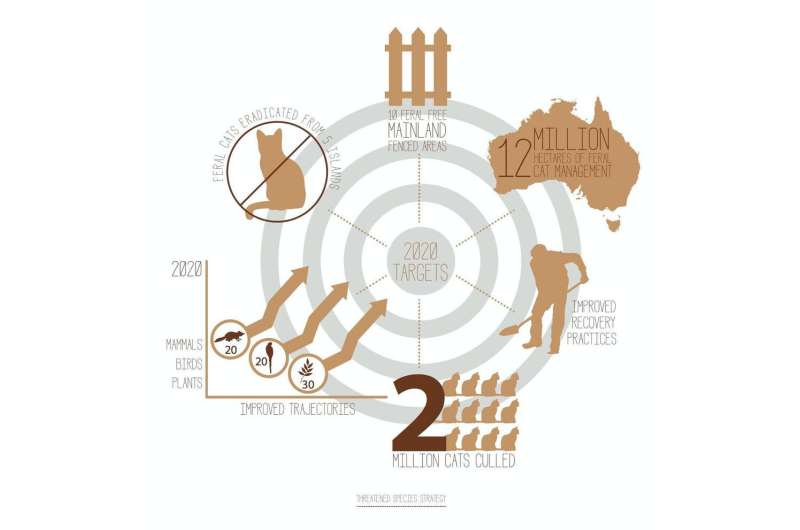
3. Targets linked to clear and measurable conservation outcomes
Some targets in the first Threatened Species Strategy were difficult to measure, not explicitly linked to conservation outcomes, or weak. Targets need to be more specific.
For example, a target to "improve the trajectory" of threatened species could be achieved if extinction is occurring at a slightly slower rate. Alternatively, a target to "improve the conservation status" of a species is achieved if new assessments rate it as "vulnerable" rather than "endangered."
4. Significant financial investment from government
Investing in conservation . A 2019 study found Australia's listed threatened species could be recovered for about . This money could be raised by removing , such as those to industries emitting large volumes of greenhouse gases.
The first strategy featured a call for . But this failed to attract much private sector interest, meaning many important projects aimed at conserving species did not proceed.
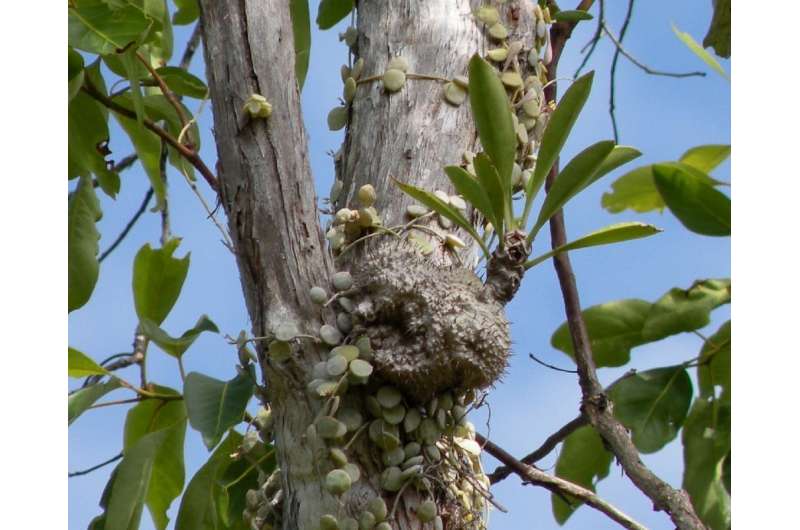
5. Government leadership, coordination and policy alignment
The Threatened Species Strategy should be aligned with Australia's international obligations such as the and the federal 1999 (which is also currently being reviewed). This will help foster a more coherent and efficient national approach to threatened species conservation.
There are also incredible opportunities to better align threatened species conservation with policies and investment in climate change mitigation and .
The benefits of investing heavily in wildlife reach beyond preventing extinctions. It would many jobs, including in .
Protecting our natural heritage is an investment, not a cost. Now is the time to seize this opportunity.
Provided by The Conversation
This article is republished from under a Creative Commons license. Read the .![]()
















